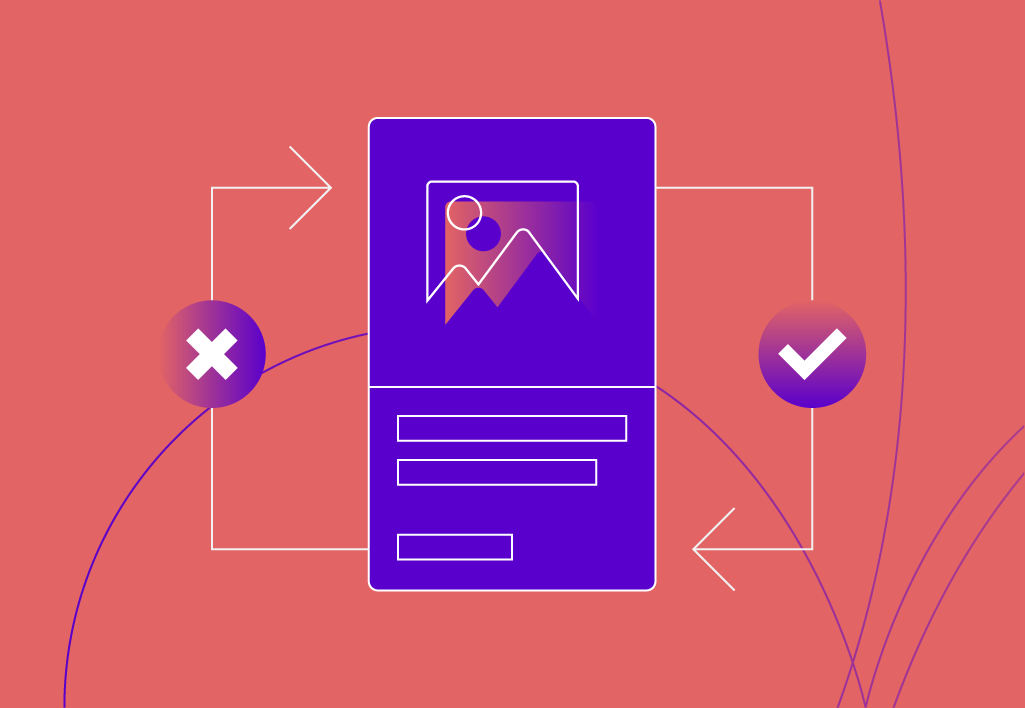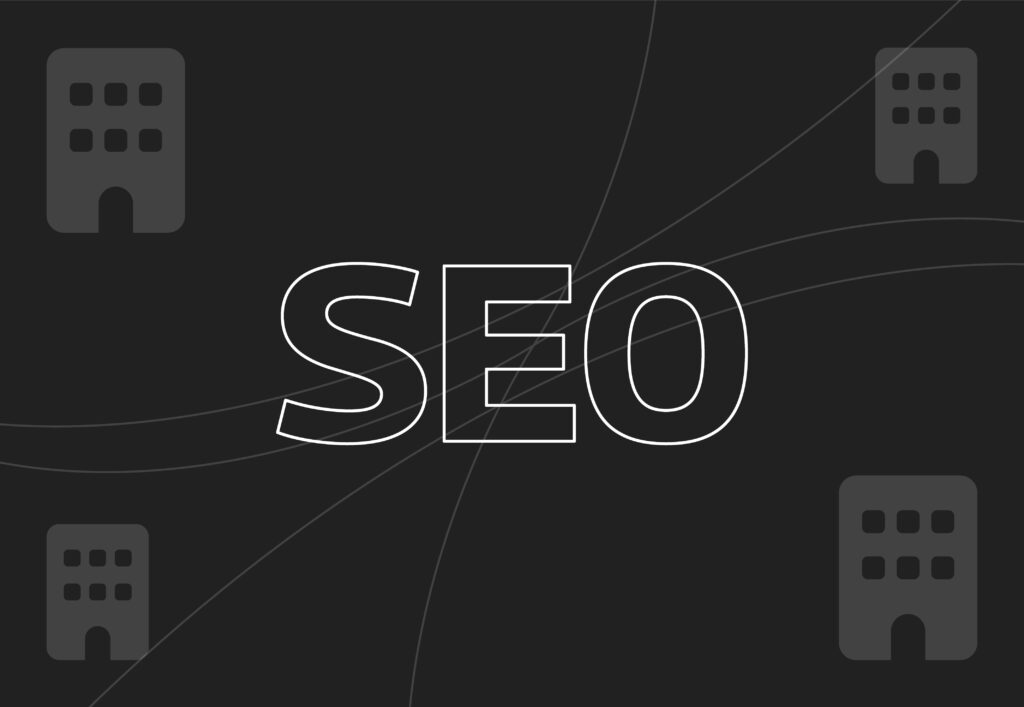
Explaining the Digital Marketing Life Cycle

As a full-service digital marketing agency, we’re always looking for new opportunities to help the businesses we work with grow.
One of the many ways we do this is through the lens of the digital marketing life cycle.
At Embryo, the digital marketing lifecycle is at the core of our teams’ strategies. It acts as the backbone for the work we do for our clients, whether that’s SEO, social media, digital PR, PPC, or design and development.
To learn more about how we utilise the digital marketing lifecycle to create results that genuinely impact our client’s bottom line, feel free to contact our team at 0161 327 2635 or email info@embryo.com.
The Five Stages of the Digital Marketing Life Cycle
Everyone has different names for the stages of the digital marketing life cycle, but the principles and steps are the same overall.
1. Planning and strategy creation
You can’t expect any strategy to work effectively if the research behind it isn’t solid. The planning phase of any digital marketing campaign is absolutely vital to success.
That means understanding your business’s goals and objectives, the challenges you or your industry face, and your core value proposition. You’ll also need to understand your target audience’s wants, needs, and drivers, to better tailor your messaging to them. Where do they spend time online? What problems do they have? Do they know your solution exists already, or do you need to teach them about it?
Don’t forget about the messy middle, which informs strategies at every stage!
You also need to determine which channels you’ll be using, the ultimate goal of each of your campaigns, and, maybe most importantly, how you are going to measure success.
2. Implementation and getting traction on your campaigns
Once you’ve planned, it’s time for action!
Implementing the work and recommendations outlined in the strategy phase quickly and effectively is incredibly important to get your campaigns started on the right track.
However, don’t expect instant results! Some channels, like SEO, can take months to ’bed in’ and show strong results, but the benefit over time is worth the wait! Even channels like PPC and social media marketing – which we often use to get more instantaneous results – need to go through a learning phase when they first launch, which can take a few weeks. These learning phases allow both digital marketing teams and platforms like Google and Meta to optimise your campaigns to be as effective as possible in the long run.
While you might think digital marketing = instant sales, patience is a virtue! Giving your campaigns time to implement and gain traction over a short period initially will help you reap the benefits in the long run.
3. Monitoring and conversion rate growth
Once your campaigns have had time to settle in, you can relax a little (but not too much!).
This is the time to keep your eye on progress, but also to trust that the tech and your teams know what they’re doing – easier said than done sometimes! Regular progress monitoring, reporting, and updates will be your friend here, rather than any big changes to campaign setup or targeting.
With all the right prep and implementation, you should see conversion rate growth, whether that’s:
- Increased sales
- More enquiry forms
- Phone calls
- Emails
- Appointment bookings and reservations
- Increased social media following and engagement
4. Understanding your new audience
Well, now you’re flying, right?
Sadly, the answer isn’t that simple.
Now you’re seeing increased conversions and strong performance from your campaigns, your customer base will ideally be bigger, and more engaged, so it’s time to prime them to repurchase.
Some sectors have an easier time of this than others, but every organisation will need to pivot to some extent. Alongside attracting new customers, you want to retain the ones you already have or have recently gained.
This means going all the way back to the start and doing the initial groundwork and audience research to understand what their new pain points are, how your products or services have helped them, and how you can do the same again.
5. Strategy research, rework, and implementation
Often, this new strategy happens concurrently with your existing campaigns. If all the initial work needs is an occasional tweak and monitoring, you can then focus on either retaining existing customers or attracting new groups of customers (and ideally, both!)
Hopefully, at this stage, you’ll understand your own organisation’s value proposition, position in the market, and USPs, so it’s just the target users you need to think about.
As before, examine:
- Their behaviours
- Their motivations
- Their position in the messy middle
- Their budgets
- Seasonality
- The platforms they use
- What they expect from your organisation
- The messaging that resonates with them
This information will form the basis of the new strategy, regardless of whether you’re targeting new groups or focusing on existing customer retention.
From here, the digital marketing life cycle begins again – implementation, monitoring, new audiences, and back to strategy again.
The Importance of the Digital Marketing Lifecycle
By continually adapting, evolving and growing your digital strategies, you can be confident that they’re going to have the best possible impact.
The digital landscape is changing all the time, and so digital strategies have to change alongside it.
If you’re looking for a digital marketing agency that can help you build and manage your digital strategies, get in touch with the team at Embryo. Our digital marketing experts specialise in a range of disciplines, including:
- SEO
- Content marketing
- Social media marketing
- PPC
- Digital PR
- Website design & development
- And more…
Contact us on 0161 327 2635 or email info@embryo.com to get started with your next digital marketing strategy!



